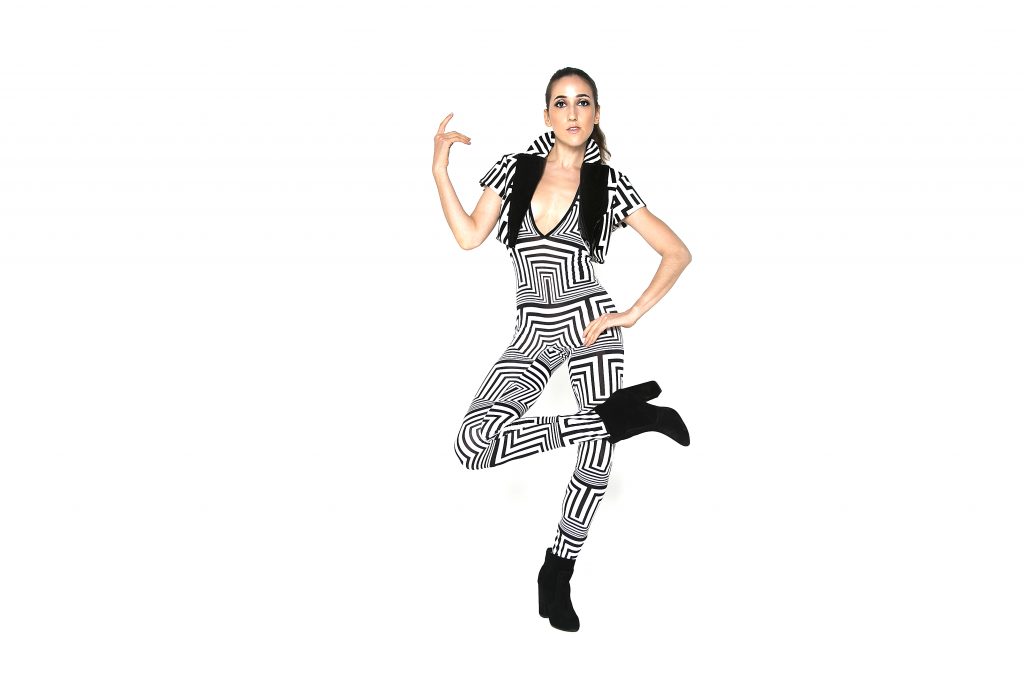Simultaneously pursuing a dance career, running a studio and choreographing seems like an impossible task for any one person, but Melissa Barak of Barak Ballet is one of those girls who does it all. With an impressive background full of dance awards and choreographic acclaim, she is changing the face of ballet in L.A. Barak took time out of her hectic schedule to talk to us about her accomplishments, her challenges and how dancing in sunny Los Angeles differs from dancing in New York.
Your passion for dance has brought you to a few different avenues of expression: dancing itself, choreographing and now running Barak Ballet. Do you hold one love higher than the others?
While the directorship position feels the most true to who I am, I have to say, I love dancing the most. Dancing brings about a special, very unique, feeling. Moving to music and interpreting choreography is very spiritual in its own way, and it always brought me to a euphoric place.
You’ve danced extensively in New York and Los Angeles. Do you think that dance is the same everywhere, or were there distinct struggles that came along with changing cities?
Dancing in L.A. was a bit easier for me for many reasons. One, it’s my home. Two, it’s simply a more pleasant place to live. L.A. makes me feel calm and relaxed, whereas NYC is just constantly buzzing. Some people love that about NYC, but for me, it didn’t work so well. Leading a stressful ballet career, the last thing I needed was for my outside environment to be just as hectic.
You had your first major accomplishment as a choreographer at 22, when you became the youngest choreographer in New York City Ballet history to be commissioned for original work. Do you think this was a big turning point in your career that led you deeper into choreography?
Actually no, it was quite the opposite. I was so young, and I felt I had more to explore out of my dance career. I didn’t want to focus on choreography just yet. In fact, I chose to place focus on my dancing career right after that commission. I found it difficult to juggle both careers simultaneously so it really had to be one or the other for me, and at age 22, it was dancing.
You have some memorable dance credits such as Fairy Carabosse from Sleeping Beauty and Coffee from the Nutcracker. Is there one performance that you think of as your best?
There are quite a few performances that I think back on and feel a huge sense of pride and real artistic accomplishment. Carabosse is definitely one of them. Another was a performance of Marie I did (Sugarplum in most other versions) in Los Angeles Ballet’s, The Nutcracker. It was just a really “on” show and it felt electric in every way.
Dance has a bit of a split reputation: on the one hand, it’s seen as a physically taxing sport that helps mold people at a young age, while on the other hand it’s seen as something potentially damaging to the health and emotional development of young girls (who presumably have to grow up too fast). Do you have any thoughts on which you find to be truer, or any personal experiences to share?
I find that in life we see how things constantly balance out. The higher the risk, the higher the reward, and vice versa. There are many pay-offs to practicing ballet but it certainly comes with its fair share of drawbacks. On one hand, it can be the best emotional and physical therapy, while at the same time ending up at the therapist. My relationship with ballet was like being in a deep relationship with the absolute love of my life. When things were good, life was grand, but when things were bad, it was painful in every way a person experiences pain.
What has been your biggest challenge in your dance career?
My biggest challenge was comparing myself to the other dancers. Instead of focusing on my attributes and my own journey. I would get caught up in what others had, and what I lacked. It was very self defeating and ended up hurting me for many years.
If you could accomplish one thing with Barak Ballet, what would it be?
It would be that when people think about going to see a dance performance, Barak Ballet immediately comes to mind because they know they are in for the best dance performance of their lives.
What do you think is the biggest misconception about dancers?
I feel the biggest misconception about dancers is that we are not intelligent.
How do you find inspiration for your choreography?
Music makes me want to move in the first place, however, I need to be surrounded by dancers that I know will fuel my creative imagination. Their individuality, musicality and sex appeal helps my mind determine the physical form in which a piece of music will gradually shape into.
What can we hope to see from you in the coming seasons?
In the coming seasons you can expect to see plenty of exciting, fresh, and new modern ballets on various stages throughout Los Angeles and beyond.

